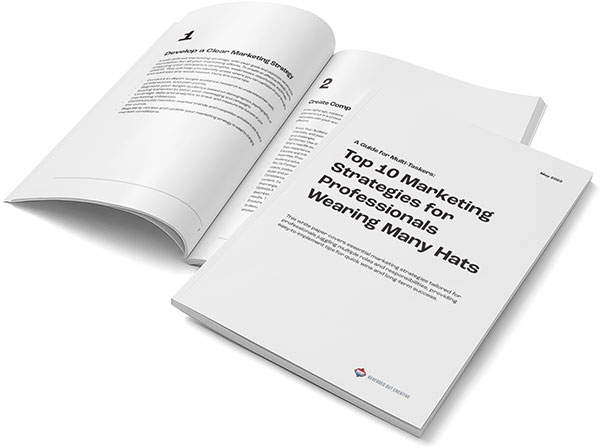
In the animated film Toy Story 2 (1999), there’s a scene where Buzz Lightyear gives an inspiring speech. He’s in front of the American flag while the national anthem of the United States plays in the background. However, movie-goers in other countries saw a totally different version.
In other countries, the scene includes Buzz Lightyear standing in front of a globe while a song called “The One World Anthem” plays instead. This change appealed more to the global market.
Had movie-goers in other countries seen the US version, they would not be able to relate.
It’s not just movies that go through cultural changes. Online mediums of communication such as websites must be culturally sensitive too so that they appeal to the local market. At Reversed Out Creative, we believe that culture plays a vital role in web design and brand impression.
Organization and presentation of content
One of the most basic points in web design is how the content on the web page is organized and presented. Usually, the North American and European markets don’t have much contrast in this context. However, the Asian market has variations in preferences.
For example, North American and European audiences may place more emphasis on ease of navigation, access, and the presentation of the content. East Asian audiences, such as those in Japan, may value product information and the quality of the web content more.
Moreover, while North American and European audiences seem to prefer local websites, East Asian audiences favor pages that look more business and corporate-like. They also welcome websites that are well-organized, visually-appealing, and capable of relating to their emotional state.
Differences in trust indicators
The next element that you must consider when it comes to cultural sensitivity and localization is trust indicators. These are design elements that reassure your visitors that you are credible and provide adequate safety and security of data.
The way one culture responds to a certain trust indicator may not be the same as another culture. For example, South American audiences tend to trust pictures of credit cards more than North American viewers.
Audiences in North America and India tend to prefer well-written, quality information on the site. Such content inspires trust and confidence than pictures of credit cards. For sites targeting these markets, it would make more sense to focus on case studies, testimonials, and other social proof content.
These are just a few examples of cultural differences in web design. Get in touch with Reversed Out Creative to know more!
Contact Us
At Reversed Out Creative, we understand the challenges and opportunities presented by AI disruption. Our team of experts specializes in web design, SEO, graphic design, and digital marketing services. Reach out to us through our contact form to learn more about navigating the evolving job market and embracing the potential of AI. Together, let’s shape a future that combines human ingenuity with the power of AI.
Next Article: 7 Overlooked Website Elements That Can Bring You Massive Conversions
©2024 Reversed Out LLC. All rights reserved. Privacy Policy.


